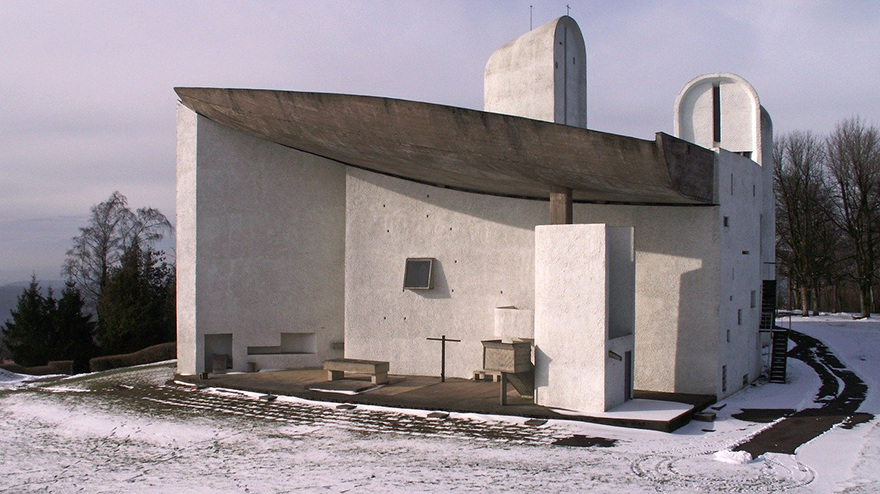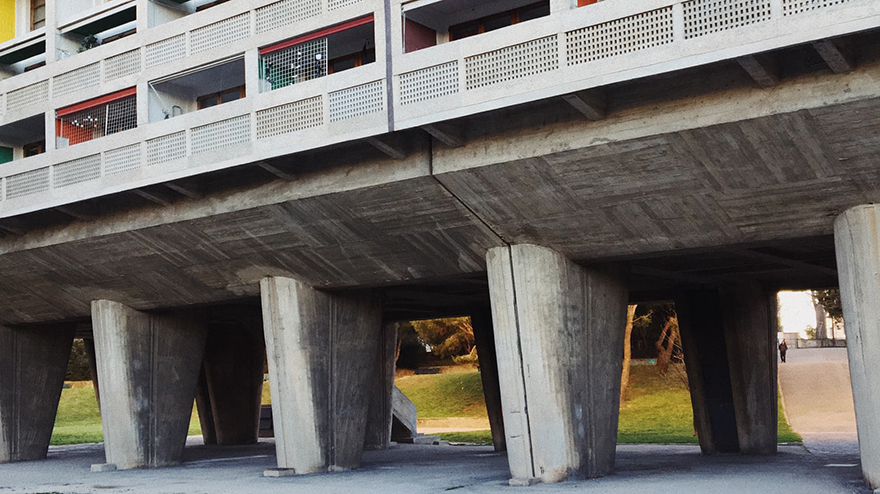
Life of a French Swiss Modern Architect Le Corbusier
A summary of the life of a French-Swiss modern architect Le Corbusier.
Le Corbusier 1887 – 1965
Le Corbusier was a Swiss-French architect, painter, designer, and urbanist inspired by modernism and cubist architecture. He was also the author of several books. He was among the pioneers of modern architecture. Le Corbusier was one of the founders of the Congres International d’Architecture Moderne – CIAM. He designed great architectural projects in Europe, North America, South America, Japan, and India. He won the AIA Gold Medal in 1961.

Early Life & Education
Charles Edouard Jeanneret was born on 6th October 1887 in La Chaux de Fonds, Switzerland. His father worked as an artisan. Le Corbusier did not receive any formal education in architecture like Mies van der Rohe and Frank Lloyd Wright. He studied applied arts at an art school located in La Chaux de Fonds under architect Rene Chapallaz. Later he attended a decoration course arranged by Swiss architect Charles L’Eplatthenier who was also a painter.
Le Corbusier spent time in the mountains with his father. He visited Italy in 1907 and then Budapest and Vienna where he met Austrian painter Gustav Klimt. He made a visit to the Florence Charterhouse in Florence which left him with deep inspiration.
Career & Projects
Le Corbusier went to Paris. From 1908 to 1910, he joined the studio of the French architect Auguste Perret who introduced employing reinforced concrete in domestic architecture and designed Theatre des Champs Elysees in Art Deco style. Le Corbusier worked as a draftsperson there.
In 1910, he went to Germany and joined the office of German architect Peter Behrens where Walter Gropius and Ludwig Mies van der Rohe were employees. In 1911, he made a trip to the Balkan Peninsula with August Klipstein and visited Greece, Rome, Pompeii, Bulgaria, Serbia, and Turkey.
He designed a residence for his parents in the year 1912 in La Chaux de Fonds. The key elements of architecture he used were horizontal planes, white-painted walls, and a lack of ornamentation. During the time of the First World War 1914 to 1918, he taught the modern theory of architecture at his previous art school located in La Chaux de Fonds.
In 1914, he performed thorough research together with engineer Max Dubois on the usage of reinforced concrete in construction. He wrote various books such as ‘Vers une Architecture’ and Le Voyage d’Orient. He along with his cousin Pierre Jeanneret determined a few design principles including roof architecture in his theoretical work ‘Les cinq points de I’architecture modern’ in 1927. The five points included, pilotis; a roof terrace; a free plan, a ribbon window, and a free façade.

Le Corbusier's architectural achievements include the Villa Fallet, La Chaux de Fonds, 1905; Maison Blanche, his parent's house, La Chaux de Fonds, 1912; Villa Favre Jacot, Le Locle, 1912; Villa Jacquemet; Villa Stotzer; Dom-Ino House and Anatole Schwob House, La Chaux de Fonds.
Le Corbusier buildings include Ville Contemporaine community; Esprit Nouveau Pavilion for International Exhibition of Modern Decorative and Industrial Arts, Paris, 1925; Villa Savoye (Le Corbusier house), Poissy; Maison La Roche or Villa La Roche Jeanneret, Paris; Chandigarh city planning, India; Villa Le Lac Le Corbusier, Switzerland; Chapel Notre Dame du Haut, Ronchamp and others.
Recognition
Le Corbusier won the AIA Gold Medal in 1961, and he died on 27th August 1965 in Roquebrune Cap Martin, France at the age of 77, leaving an impact on the subject of arts and architecture around the globe.










